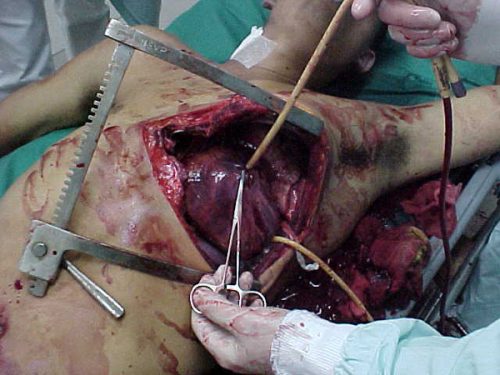A relatively obscure research paper published in late 2008 by Ralph Keeney at Duke University makes this startling claim: over half of the people who died in this country in the year 2000 did so because of their own personal decisions! If you look at current mortality statistics, the top four causes of death from year to year are heart disease, cancer, stroke and injury. We naturally look at this and think that these people had a heart attack or discovered a cancer or crashed their car. What these statistics fail to show is how the people really ended up with these conditions.
Keeney’s paper looked beyond what was written on the death certificate and looked at how frequently personal choices caused these conditions. For example, smoking leads to heart disease, cancer, stroke, and high blood pressure, to name a few. Being overweight leads to heart disease, diabetes, high blood pressure, and many others. Inappropriate use of alcohol can lead to cancer, liver disease and a tendency to get into accidents.
The top causes of death were analyzed, looking at the percentage that could be caused by personal decisions such as smoking, diet, exercise, and use of alcohol or other drugs. A personal decision was defined as a situation where the individual could make a choice between two or more readily available alternatives (for example, smoking and not smoking) and that they had control over this choice. These choices are not necessarily easy to make because habits, social pressure, or genetic predisposition can make some alternatives hard to select.
Keeney found that about 55% of deaths in 2000 were caused by personal decisions. This compares to about 5% in the year 1900. This is due to the fact that the majority of the causes of death in 1900 were due to infectious diseases, and there were no antibiotics at the time to treat them.
What this paper shows us is that the need for high quality prevention activities is even greater that we thought, and that we may not be focusing on the right areas.Trauma centers habitually direct their prevention programs toward car seats, diving injuries, red light running, falls prevention and others. What we really need to focus on is personal choice, and teaching people how to make the right decisions. For trauma prevention, alcohol-related programs will probably give the greatest result since it is involved in so many of the top causes of death, even causes not related to trauma.
Trauma centers need to scrutinize their own prevention programs, and look critically at ways they can teach wise choices. It may be necessary to chage the focus of existing programs, or move to new programs that find ways to influence personal decision making. That way, trauma centers can have a hand not only in preventing certain types of injuries, but in directly decreasing the overall death rate as well.
Reference: Keeney RL. Operations Research 56:6, 1335-1347, 2008.

